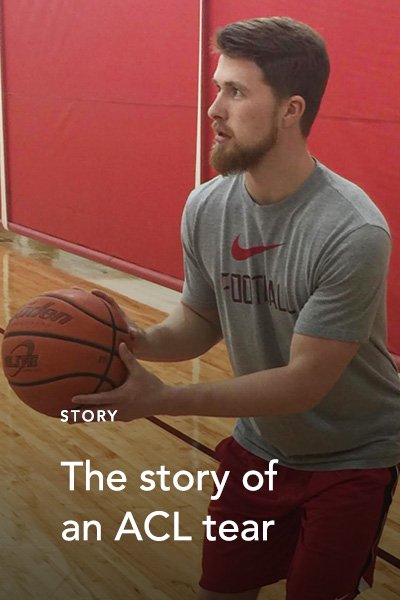Evaluation of Subscapularis Repairs in Shoulder Arthroplasty
Introduction
Shoulder arthroplasty is an effective treatment for patients with end-stage glenohumeral arthritis, and its prevalence has increased in contemporary orthopedics with the availability of new implants and an aging population. Patients are now younger and more active, thus magnifying the issue of prosthetic durability and functionality. Many factors influence the outcome of a shoulder replacement, including rotator cuff functionality, soft-tissue balancing, activity demands, bone quality, and component wear. However, recent research has focused on the contribution of the subscapularis muscle.
The standard deltopectoral surgical approach to the shoulder mobilizes the subscapularis tendon with an osteotomy or tenotomy for exposure to the glenohumeral joint. The effect of a compromised subscapularis tendon postoperatively has been the focus of current clinical and biomechanical studies. Miller et al showed by physical examination that approximately 66% of patients have persistent subscapularis dysfunction after shoulder arthroplasty. Gerber and Edwards et al have further suggested that subscapularis deficiency has a negative effect on the long-term outcomes for shoulder arthroplasty. Thus, increasing emphasis has been placed on the technique for repair of the tendon.
The 3 predominant methods for releasing the tendon are a tenotomy leaving a cuff of tendon, periosteal release off the proximal humerus, and osteotomy of the lesser tuberosity in its entirety. A variety of techniques have been proposed for reattachment of the subscapularis tendon. These include bone-to-bone, tendon-to-tendon, tendon-to-bone, and combination procedures. Each method has its own innate technical complexities, and current biomechanical results do not consistently support one construct over another.
Krishnan et al, using a biomechanical test protocol with progressively increasing cyclic load levels, found bone-to-bone to be stronger than tendon-to-tendon repair, yet Van den Berghe et al demonstrated no difference under conditions of fatigue loading. Ahmad et al have suggested that a combined construct is more resilient than a tendon-to-bone repair; however, this configuration has not been compared against a bone-to-bone technique.
Long-term clinical data are presently unavailable. The objective of the current study was to assess the biomechanical response to cyclic subfailure loading and to quantify the failure properties of a bone-to-bone lesser tuberosity osteotomy, tendon-to-bone, and combined tendon-to-bone subscapularis repair techniques used in shoulder arthroplasty.




